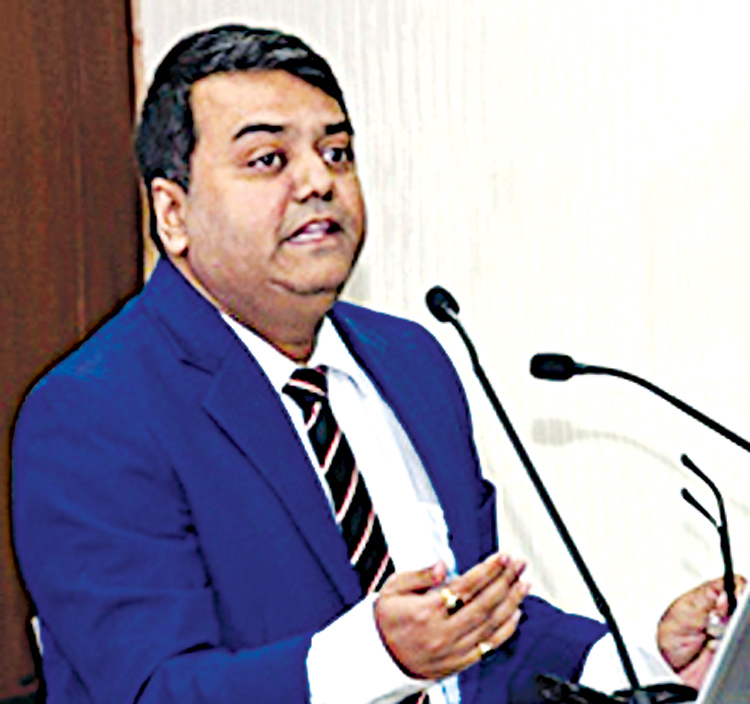
New Delhi, Aug 18 (Bureau) Over the years with persistent Government efforts, the insurance penetration (premiums to GDP) in India increased from 2.71% in FY01 to 5.20% in FY09 but thereafter the level of penetration was declining and reached 3.30% in FY14, according to Dr. Soumya Kanti Ghosh, Group Chief Economic Adviser, State Bank of India. Mr Ghosh said in 2015, Central Government launched 2 insurance schemes – Pradhan Mantri Suraksha Bima Yojana (PMSBY) that covers accidental cover of Rs 2 lakh with Rs 12 premium & Pradhan Mantri Jeevan Jyoti Bima Yojana (PMJJBY) for life cover of Rs 2-lakh with Rs 330 premium – to provide insurance cover to the mass at a cheaper rate. Subsequently, the insurance penetration has started increasing again from FY15 and is at 4.20% in FY20.
The pandemic induced disruption did result in a behavioural change of households with the life insurance industry registering a smart growth, with new premium collections expanding by 7.5% and individuals single premium growing by 36.19% in FY21. The cumulative number of enrolments under insurance and pension schemes across all entities in India today stand at 68.98 crores, of which there are 10.34 crore persons enrolled in PMJJBY and 23.40 crore persons in PMSBY, with claim servicing ratio of 93.7% & 77.3% respectively. It is interesting to note that the number of people covered through life insurance by insurance companies during May’15 to Jul’21 stands at around 17 crore, while Government sponsored PMJJY scheme has enrolled 10 crore people during the same period, he said. Mr Ghosh said there has also been a significant progress regarding pension coverage for unorganised sector workers.
For example, under APY, 3.13 crore of persons have been enrolled till June 2021 with male to female subscription ratio of 56:44. Apart from APY there are 3 more Government sponsored pension schemes for unorganised sectors which were launched to provide old age protection. The schemes envisage for providing minimum assured monthly pension of Rs 3000 after attaining the age of 60 years. The monthly contribution ranges from Rs 55-Rs 200 depending upon the entry age of the beneficiary.
Currently there are 1.1 crores enrolments under such schemes. Further, it is interesting to know that the women share in insurance is increasing in India. In FY20, the women share was 32% in terms of number of policies. However, in the Government sponsored schemes, the women shares stands at 37% in PMSBY, which is encouraging, he said. “We recommend that the ambit of providing social security succour to unorganised sector could be further enhanced through 2 simple measures,” Mr Ghosh said. First, though MGNREGA has provided Livelihood Security we propose MGNREGA to be also a provider of Social Security. Thus for every 100-day worked, the Government can make a defined contribution of say 10 days for creating a social security. Further, there should be compulsory enrollment of MGNREGA workers in PMJJBY and PMSBY for a payment of only Rs 342 (330+12). As only 10% of HHs/individuals complete 100 days of work, the cost of compulsory enrolment will be only Rs 400-500 crore that can be borne by the Government and this could immediately benefit at least 1 crore additional people.
Second, to achieve the Universal Health Coverage, Government has launched Ayushman Bharat Pradhan Mantri Jan Arogya Yojana (AB-PMJAY) and a total of 16.14 crore Ayushman cards have been issued to the scheme beneficiaries. However, Government should launch an opt-in scheme for health insurance in line with Jan Suraksha schemes. The opt-in scheme may be implemented by auto debit amount from the interest from savings account and paying towards Mediclaim policy. The approximate size of the health insurance now is Rs 58,572 crore and savings bank interest is at least Rs 1.35 lakh crores. With the number of Jan Dhan accounts at 40 crores, the health insurance unveiled might potentially double the existing Ayushman coverage in one go, he added.

